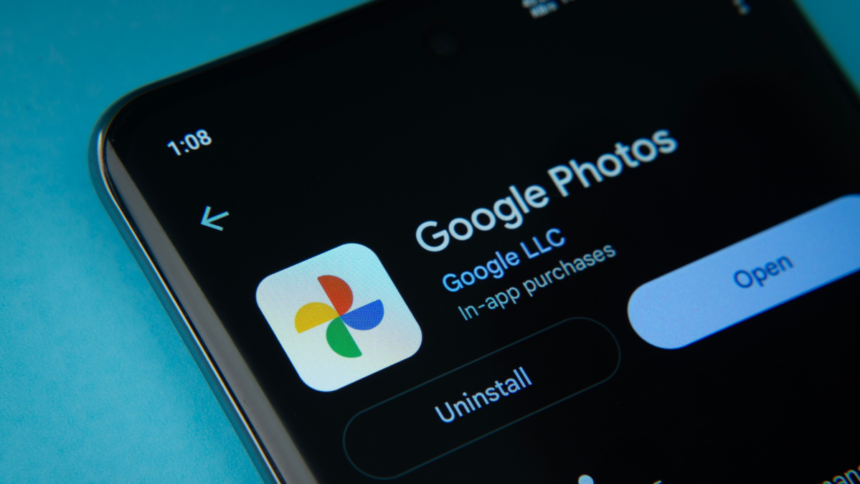Unlock the Power of Image Enhancement with Ultra HDR
Ultra HDR is an innovative image format that takes visual experience to the next level. Similar to conventional HDR, this format encases a greater amount of image data within each file, resulting in more luminous highlights, deeper shadows, and richer colors. A significant advantage of Ultra HDR is that it also includes a version compatible with standard dynamic range (SDR). This feature enables sharing Ultra HDR files with friends whose displays do not support HDR, ensuring they can still view your images beautifully.
However, there’s a crucial distinction between merely displaying an Ultra HDR image on a non-HDR screen and the process of converting an SDR image into HDR, or Ultra HDR. Traditionally, the latter task has been complex and not something easily achievable by the average user. To achieve high dynamic range images, one often needed to capture in HDR from the outset.
This is where Google Photos comes into play, revolutionizing the landscape. According to a report by Android Authority, Google is rolling out a new feature in its photo app, empowering users to transform their SDR images into Ultra HDR. Here’s what you need to know about this process.
Steps to Transform Images into Ultra HDR in Google Photos
Before diving into this exciting feature, ensure two conditions are met. Firstly, you must have Google Photos version 7.24.0.747539053 or later installed. Secondly, the specific feature must be deployed in your app, which is a server-side update. Thus, even if you possess the correct version, you may still need to wait for Google to activate this feature in your app. If the app is fully updated and the option isn’t visible, patience is required until the rollout is complete.
Once this feature is available in your version of Google Photos, open an image and tap on Edit to access the editing tools. Scroll through the options at the bottom of the screen and select Adjust. In this section, you will find the new “Ultra HDR” feature, replacing the older “HDR Effect” option.
During testing conducted by Android Authority, the enhanced image will be distinctly labeled as “Ultra HDR,” located next to the image’s resolution and size details. Notably, Ultra HDR images can actually be smaller than the original file since the gain map, which essentially encapsulates the HDR data of your image, is more compact than the full photograph. To preserve all details of the original image, it is advisable to keep a copy of the photo post-editing, even if it requires additional storage space.












